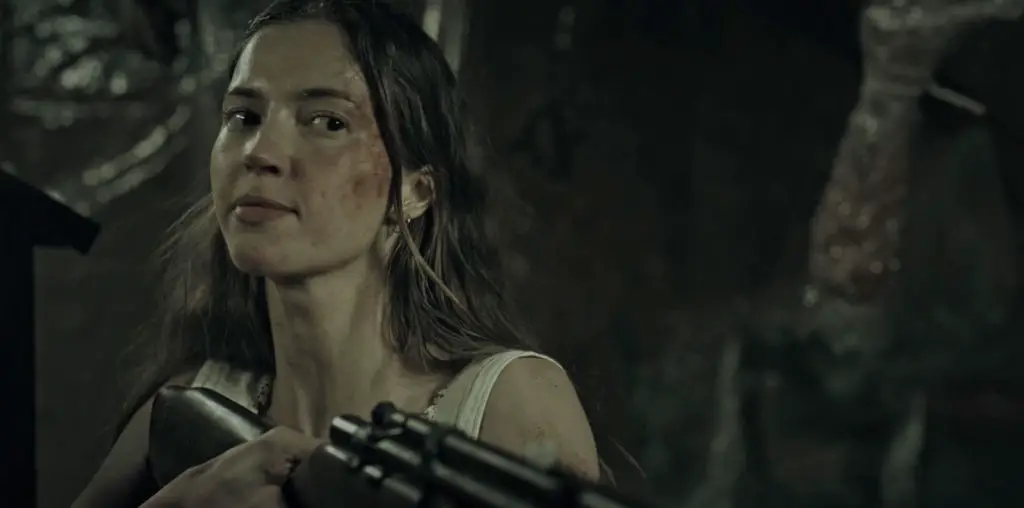
There isn’t really an overall arc present in “Killer of Sheep,” and that’s the point. There’s really nothing meant to be expressed in “Killer of Sheep” but the experience of poverty, and the inevitability of crime in the face of poverty.
“Killer of Sheep” is a tight urban drama about life in the LA ghettos, restored from its original print to play exclusively, and it’s worth the watch, because for a film that’s been lost, then restored and hardly publicized, it’s held up in the face of age. More so than many other classics.
Director Burnett captures with timeless precision, the sheer wasteland that is poverty for many, and grabs this through the view of two perspectives. Burnett, through simplistic direction, explores the boredom of young children through the ghettos of LA as they pass the time.
They run through abandoned construction sites, get into occasional scuffles, and a few even run across street hoods, but every so often, if you look beyond the seemingly random shots of ghetto life, you’ll see basically a portrait of a life that hasn’t changed much even in the new millennium.
True, Burnett obviously didn’t have the millennium in mind when directing this film on only ten thousand dollars, but “Killer of Sheep” takes on a life of its own through examining poverty, and the occasional moments of pure clarity and beauty within the misery with stark black and white photography, and realism that’s almost startling in its form on screen.
We’re set to focus on a working man named Stan who is just so tired of the life he lives as a man who kills sheep in a slaughter house. Henry Gayle Sanders is the center of Burnett’s piece, giving a wonderful performance as a man who just has bigger dreams and thoughts on his mind and can’t find the right person to listen to him.
Through his appreciating the smaller things in his life, he’s occasionally presented with the opportunity of crime to further himself financially, as all impoverished folks are, as well as new opportunities he refuses to grasp at fear of losing the stability in his life. Sanders just presents a charming humility that makes him a compelling leading man, and he hardly seems to be trying at all, as this man seeking a different way of life.
Through it all, Burnett’s picture of life in the ghettos is just beautiful. The picture of the character Stan’s young daughter singing along to her favorite song really sums up what the reason for Stan’s motivation to keep risks aside is, even in the face of sheer failure and disappointment.
“Killer of Sheep” is an immortal depiction of the ghettos, and an all too realistic depiction through Burnett’s gritty and utterly raw direction.

